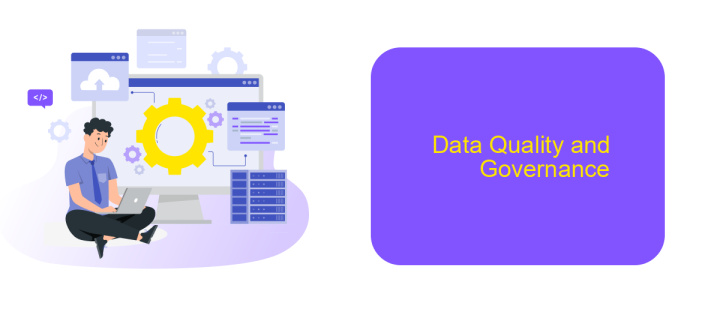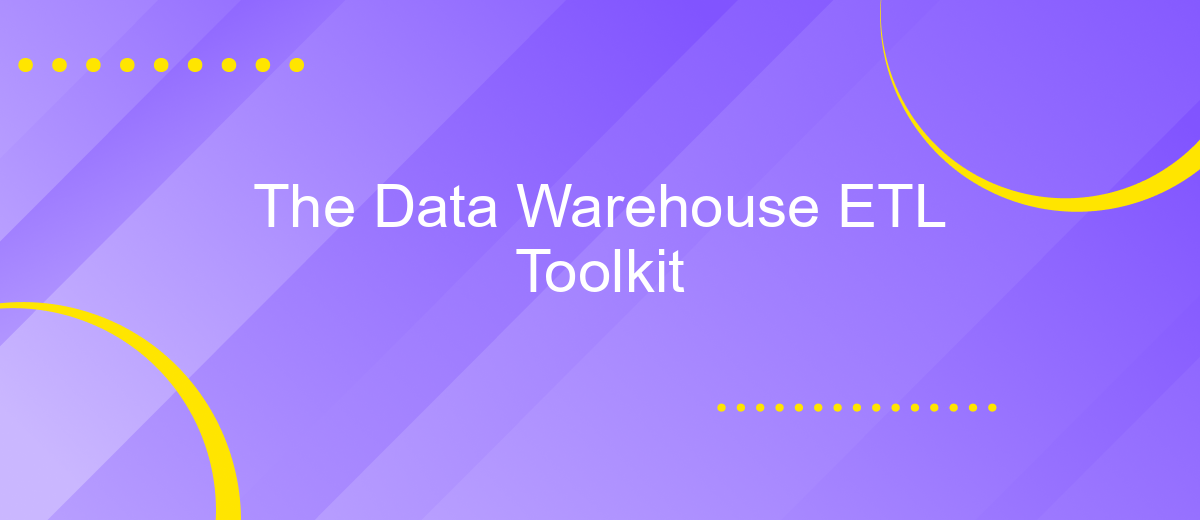The Data Warehouse ETL Toolkit
The Data Warehouse ETL Toolkit is an essential guide for professionals involved in data warehousing and business intelligence. This comprehensive resource provides detailed methodologies and best practices for extracting, transforming, and loading (ETL) data efficiently. By leveraging these techniques, businesses can ensure data integrity, improve performance, and make informed decisions based on accurate and timely information.
Introduction
The Data Warehouse ETL Toolkit is an essential guide for anyone involved in data warehousing and business intelligence. This toolkit provides a comprehensive framework for extracting, transforming, and loading (ETL) data, ensuring that your data warehouse is both robust and efficient. With the increasing volume of data and the need for real-time analytics, mastering ETL processes has never been more crucial.
- Understanding the basics of ETL processes
- Best practices for data extraction and transformation
- Tools and technologies for efficient data loading
- Case studies and real-world applications
One of the key aspects of modern ETL processes is the integration of various data sources. Services like ApiX-Drive simplify this by providing seamless integration capabilities, allowing you to connect multiple data sources without extensive coding. By leveraging such tools, organizations can streamline their ETL workflows, reduce manual efforts, and ensure data accuracy. Whether you are a data engineer, analyst, or IT professional, the Data Warehouse ETL Toolkit offers valuable insights and practical advice to enhance your data management strategies.
Dimensional Modeling

Dimensional modeling is a design technique used in data warehousing to structure data into a format that is easy to retrieve and analyze. This approach involves organizing data into fact tables and dimension tables, where fact tables store quantitative data for analysis, and dimension tables store descriptive attributes related to the facts. The goal is to optimize the database for complex queries and reporting, making it straightforward for business users to access and interpret the data.
One of the key aspects of dimensional modeling is the creation of star schemas or snowflake schemas, which facilitate efficient data retrieval. These schemas help in simplifying complex queries and improving performance. Additionally, integrating data from various sources can be streamlined using services like ApiX-Drive, which automates data transfer and synchronization between different platforms. This ensures that the data warehouse remains up-to-date and consistent, thereby enhancing the reliability of business intelligence and analytics processes.
ETL Techniques and Tools

ETL (Extract, Transform, Load) processes are essential for preparing data for analysis in a data warehouse. They involve extracting data from various sources, transforming it to fit operational needs, and loading it into the data warehouse. Effective ETL techniques and tools can significantly improve data quality and efficiency.
- Extraction: This step involves collecting data from multiple sources such as databases, APIs, and flat files. Tools like Apache Nifi and Talend are commonly used for this purpose.
- Transformation: Once the data is extracted, it needs to be cleaned, formatted, and transformed. Tools like Apache Spark and Informatica are popular for data transformation tasks.
- Loading: The final step is loading the transformed data into the data warehouse. Tools such as AWS Glue and Google Dataflow are often used to automate this process.
In addition to traditional ETL tools, services like ApiX-Drive can automate and streamline the integration process, making it easier to connect various data sources. By leveraging such services, businesses can reduce manual effort and ensure real-time data synchronization, thereby enhancing the overall efficiency of their ETL workflows.
Data Quality and Governance

Ensuring data quality and effective governance is crucial for the success of any data warehouse. High-quality data enables accurate analysis and decision-making, while robust governance frameworks ensure compliance and data security.
Data quality management starts with defining clear data standards and implementing processes to monitor and maintain these standards. Regular data audits and validation checks help identify and rectify inconsistencies and errors.
- Define data quality metrics and standards
- Implement automated data validation processes
- Conduct regular data quality audits
- Utilize tools like ApiX-Drive for seamless data integration
Governance involves establishing policies and procedures to manage data access, security, and compliance. This includes assigning data stewardship roles, setting up data access controls, and ensuring adherence to regulatory requirements. By leveraging services like ApiX-Drive, organizations can streamline data integration processes, ensuring that data from various sources is consistently accurate and reliable.


Conclusion
The Data Warehouse ETL Toolkit provides an essential framework for building robust and efficient ETL processes. By leveraging best practices and methodologies, organizations can ensure data accuracy, consistency, and reliability. This toolkit serves as a comprehensive guide, addressing various challenges and offering solutions that are both practical and scalable. Implementing these strategies can significantly enhance the performance and maintainability of data warehousing systems.
Incorporating modern integration services like ApiX-Drive can further streamline the ETL process. ApiX-Drive offers seamless connectivity between various data sources and destinations, reducing the complexity of data integration. By automating data flows and ensuring real-time updates, ApiX-Drive helps organizations maintain up-to-date and synchronized data warehouses. Utilizing such tools not only simplifies the ETL process but also enables businesses to focus on deriving actionable insights from their data, ultimately driving better decision-making and operational efficiency.
FAQ
What is ETL in the context of a Data Warehouse?
Why is ETL important for data warehousing?
What are the main components of the ETL process?
How can automation improve the ETL process?
What are some common challenges in ETL processes?
Do you want to achieve your goals in business, career and life faster and better? Do it with ApiX-Drive – a tool that will remove a significant part of the routine from workflows and free up additional time to achieve your goals. Test the capabilities of Apix-Drive for free – see for yourself the effectiveness of the tool.

